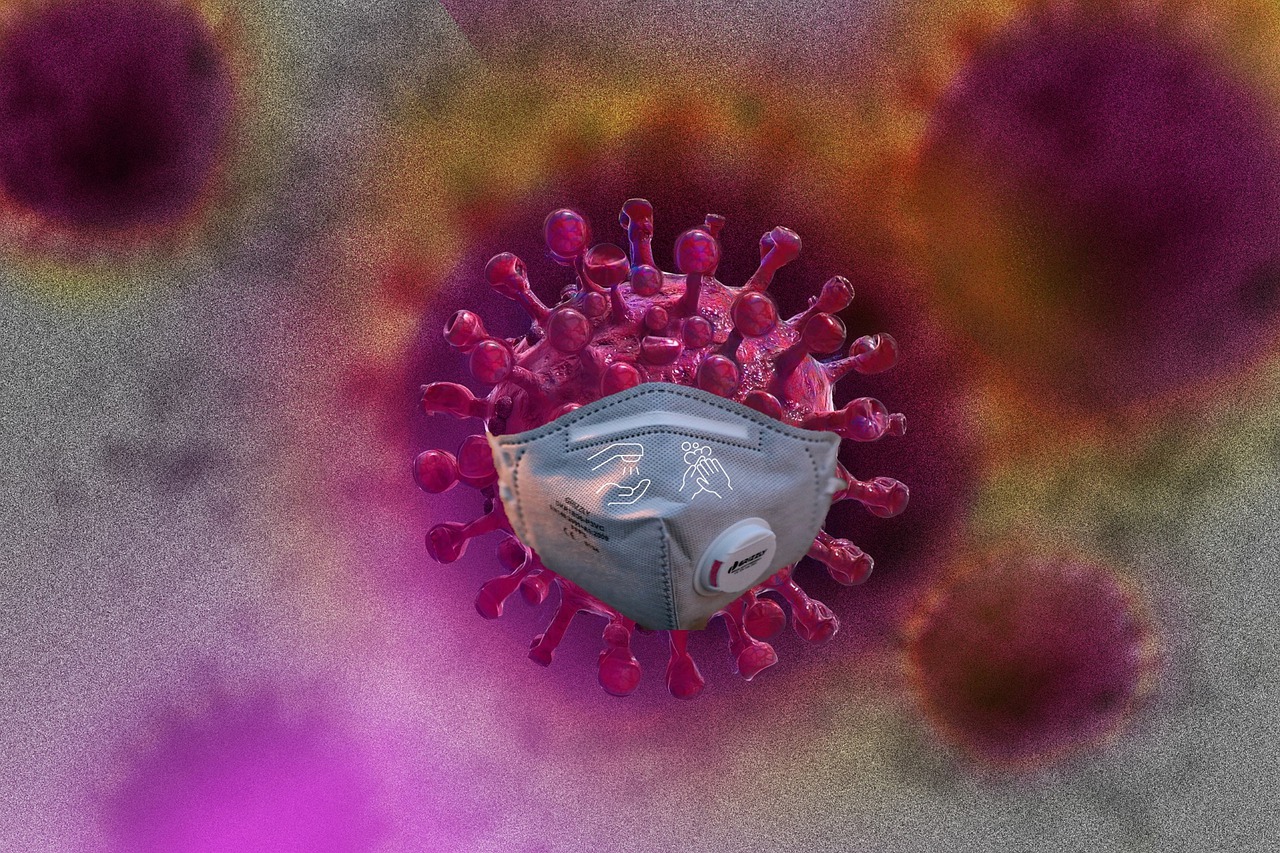The new infectious variant of the new coronavirus, which first appeared in England, has been already detected in 33 countries, the New York Times reports, including Germany, France and Switzerland. Turkey on Friday imposed an entry ban on travelers from Britain after 15 infections with the new variant were detected. All came from people who had recently entered the country from Britain.
According to a new study from Imperial College London, the new variant can increase the so-called baseline reproduction number by 0.4 to 0.7, the BBC reports. Previously, this number was given for the new coronavirus with values between 2.4 and 3.3 – that means: On average, without any protective measures such as masks or distance, each infected person infects three other people. With the new variant, that could statistically be between three and four people.
“This is the most serious change in the virus since the epidemic began,” Axel Gandy of Imperial College tells the BBC. The differences between the previous variant and the new one are “quite extreme,” he said.
According to the study, in England in November, transmissions by the new variant tripled, whereas those by the old variant fell by a third.
What’s more, initial data showed that the virus was spreading more rapidly in England among those younger than 20, particularly among 11- to 16-year-olds. However: those data were from the period of the November lockdown, when schools were open, however, and restrictions on adults were tighter. “We’re now seeing that the new virus is more infectious across all age groups.”
Researchers originally thought the new variant was 70 percent more infectious; a recently published study suggests 56 percent. Even that’s just modeling: “If the researchers worked through all the data, it’s also possible that it’s only a 10 to 20 percent increase in transmissibility,” Trevor Bedford of the Fred Hutchinson Cancer Research Center in Seattle is quoted as saying in the New YorkTimes. But even then, it would also be the dominant variant in the U.S. as early as March.
There is no evidence that the diseases are more severe and more often fatal. Nor has there been any change in the dominant modes of transmission (droplets, aerosols). However, a variant that is more easily transmitted also increases the number of deaths due to the larger number of infected individuals alone.
Initial data also show that people infected with the new variant have larger amounts of virus in their nose and throat compared with other variants. This would also explain the higher transmission rate: The higher the viral load, the more viruses are expelled when breathing, speaking, coughing or sneezing.
What the higher infectivity means in concrete terms
In concrete terms, this higher infectivity means that, until now, ten percent of those who had unprotected contact with an infected person within less than two meters for at least 15 minutes became infected. “With the new variant, we assume 15 percent,” Bedford says. “So behavior that is already risky becomes even riskier.” But that could mean stricter measures are needed to contain the spread of the virus, explained Jim Naismith of Oxford University.
The new variant has 17 genetic alterations. At least one of them could lead to the viruses binding more easily to the protein on the surface of human cells that opens the way for them to enter the cell interior.
- Sources: BBC.com and kurier.at. Video Source: youtube.com
This post has already been read 1326 times!



